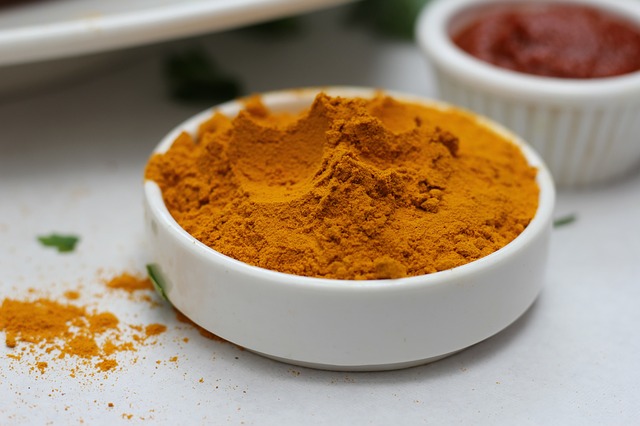Turmeric

About
Turmeric is a bright yellow spice, usually found in the form of a dried powder made from the dried ground root of the plant of the same name, but fresh turmeric root can also be found in some mainstream supermarkets. Turmeric is often associated with Indian cuisines and is a key ingredient in many curries (it is a main ingredient in commercial curry powders), but is commonly used in much of Asia. It has an deep, earthy flavor and is not spicy at all by itself, but is often paired with chilies in more spicy dishes. In foods outside of South Asia, turmeric is used as a coloring for beverages, baked goods, orange juice, sauces, and other products. In South Africa they use turmeric to give their rice a nice golden shade.
Information
Tasting Notes
Selecting and Buying
Preparation and Use
Turmeric is mainly used in curries and other spiced dishes. It is an essential ingredient in commercial curry powders. It can be found as a natural coloring in prepared chicken or vegetable stock and sock cubes too. Turmeric can be used in pickles and chutneys, in Picalilly relish; turmeric gives flavor to pilaus and color to sweet dishes. In North African and Middle Eastern cuisine, tumeric is added to sauces, cous-cous and rice dishes.
Conserving and Storing
As with ginger, the spice is produced from the roots of the plant. The rhizome has to be boiled, dried, and ground to a fine yellow powder before use. Dried pieces of root can be obtained sometimes, but it is almost impossible to grind them at home. Turmeric is usually available as powder. Buy little and often for the freshest, purest flavor, as recommended with all ground spices, because, although the powder keeps its coloring properties indefinitely, it loses flavor and it can turn musty if kept for too long.









